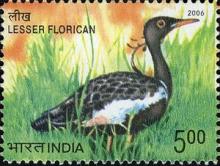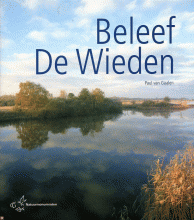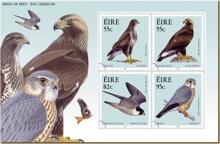What Happened to Our Quail? Observations of an Old Quail Hunter
I know the answer to the question in the headline, but almost no one will believe me. The drastic decline in the quail (Coturnix coturnix) population throughout the South has been a passionate concern of mine for many years. The tragic and drastic decline in quail and other field-bird populations is the result of the massive and widespread spraying of herbicides by agriculture and forestry industries. I am as sure of this as I am that night follows day. There is a curious and almost hostile resistance to this assertion. I have written many letters to various groups and agencies that assume an authoritative role in such problems, but my efforts are always met with an almost hostile indifference. More specifically, I believe that Quail Unlimited and the Texas Parks and Wildlife Deptartment are more a part of the problem than the solution. To my knowledge, they have no experimental data to support their position that herbicides have no significant effect on field-bird populations. I have suggested that Quail Unlimited spray their Quail Demonstration Project acreages with herbicide and see what happens, but they declined.










